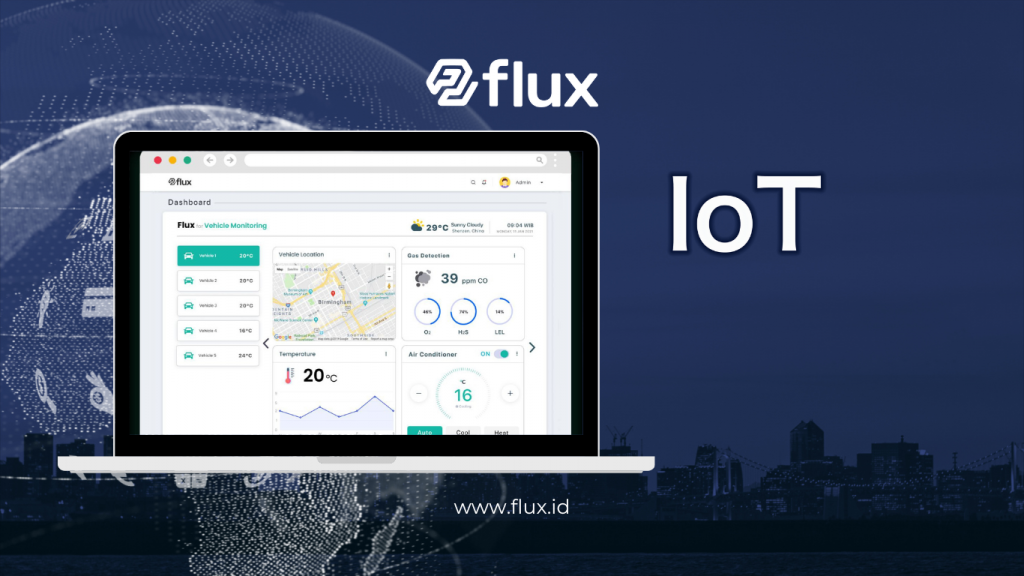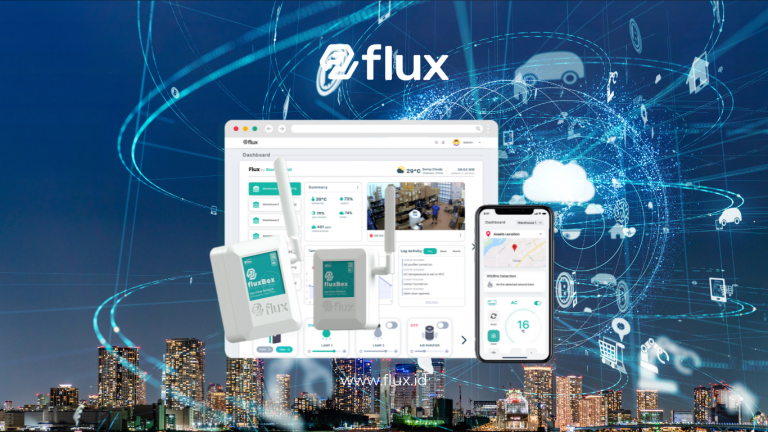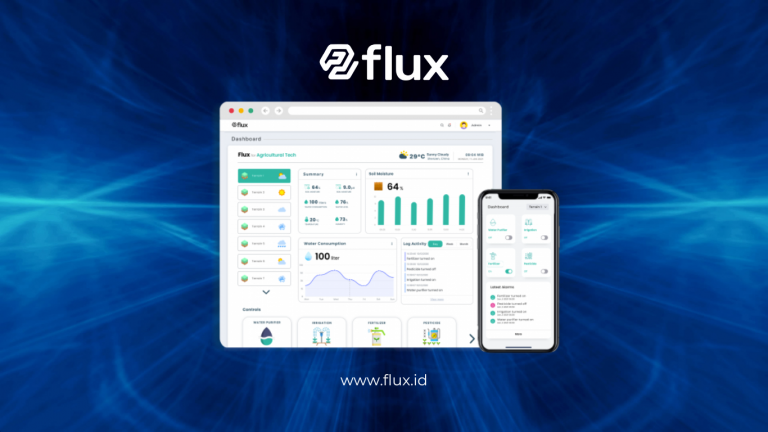Don't miss our holiday offer - 20% OFF!
In recent years, the need for efficient water resource management has become increasingly urgent. With rising water demand and challenges posed by climate change, automation has become a highly relevant solution to enhance efficiency in water pump management. Flux, as a platform specializing in Internet of Things (IoT) technology, offers solutions for data-driven automation of water pumps that can help companies and other stakeholders manage water resources more effectively. In this article, we will discuss how automation of water pumps using Flux’s data can contribute to sustainability and the implementation steps involved.
Contents
The Importance of Automation in Water Resource Management

1. Energy Efficiency
Water pumps are one of the largest energy consumers in industrial and agricultural sectors. Automation, such as scheduling programming and monitoring energy use, can significantly reduce unnecessary energy consumption.
2. Reducing Water Waste
Automation allows for real-time monitoring; when sensors detect inappropriate water levels, pumps can be easily adjusted to stop the flow, thus reducing waste.
3. Better Control
With real-time data collected from the pumps, managers can respond better to emerging issues. This makes it easier to manage changing water level conditions.
4. Sustainability
Smart practices in water resource management benefit not only individual companies but also contribute to overall environmental sustainability.
What is Flux?

Definition and Functionality
Flux is an IoT platform designed to efficiently connect and manage devices. With its advanced features, Flux enables the collection, analysis, and visualization of data from various sources, including water pumps, to enhance operational efficiency.
Key Features of Flux
- IoT Device Integration: Connects a variety of sensors and devices within a unified platform.
- Real-Time Monitoring: Provides current data that is crucial for operational decision-making.
- In-depth Data Analysis: Allows for advanced analysis to uncover new insights from the collected data.
- Interactive Dashboard: Displays data visually in an easily understandable format, aiding instant performance assessment.
How Flux Works in Water Pump Automation

1. Data Collection
In this stage, sensors are installed on water pumps and various measurement points to gather important information. The data collected may include:
- Humidity Levels
- Water Pressure
- Energy Usage
These sensors will transmit data to the Flux platform in real-time.
2. Analysis and Visualization
Once the collected data enters the Flux system, it is immediately analyzed. With advanced analytical tools, users can visualize:
- Energy Usage History
- Water Flow Patterns
- Performance Trends
The easily readable visualizations on the dashboard allow users to understand conditions at a glance.
3. Informed Decision-Making
With analyzed data, management can make decisions based on accurate information.
Examples of Decision-Making:
- Adjusting Pump Schedules: If data indicates a decrease in water demand, pumping schedules can be changed to reduce energy consumption.
- Responding to Emergencies: When water levels are too low or too high, the system can automatically shut off the pump or alert management for further action.
4. Automated Actions
Flux has the capability to automate setups based on the generated analysis. For instance, if a leak is detected in the system, users can allow the device to shut down the pump automatically to prevent further loss.
Long-term Benefits of Using Flux for Water Pump Automation

1. Cost Savings
By efficiently monitoring and automating energy use, companies can significantly reduce costs. These savings are not only financial but also support sustainability initiatives.
2. Increased Productivity
Automation ensures faster and more precise operations. Employees can focus on important strategic tasks instead of tedious recording, encouraging higher morale and overall productivity.
3. More Accurate Data
Using an automated system means the data gathered is more accurate and in real-time, making it easier for companies to make informed decisions.
4. A Cleaner Environment
By reducing water and energy waste, automation contributes to maintaining a cleaner environment. This has a positive impact on sustainability and public health.
Conclusion
Data-driven water pump automation with Flux is a vital step in efficiently and sustainably managing water resources. By leveraging IoT technology and innovative monitoring systems, companies can enhance productivity, reduce costs, and contribute to environmental sustainability.
Implementing this solution is not just a strategic choice but also a necessity for companies looking to compete in an increasingly complex market. By adopting the right systems and committing to continuous innovation, we can create a more efficient, transparent, and environmentally friendly industry.





